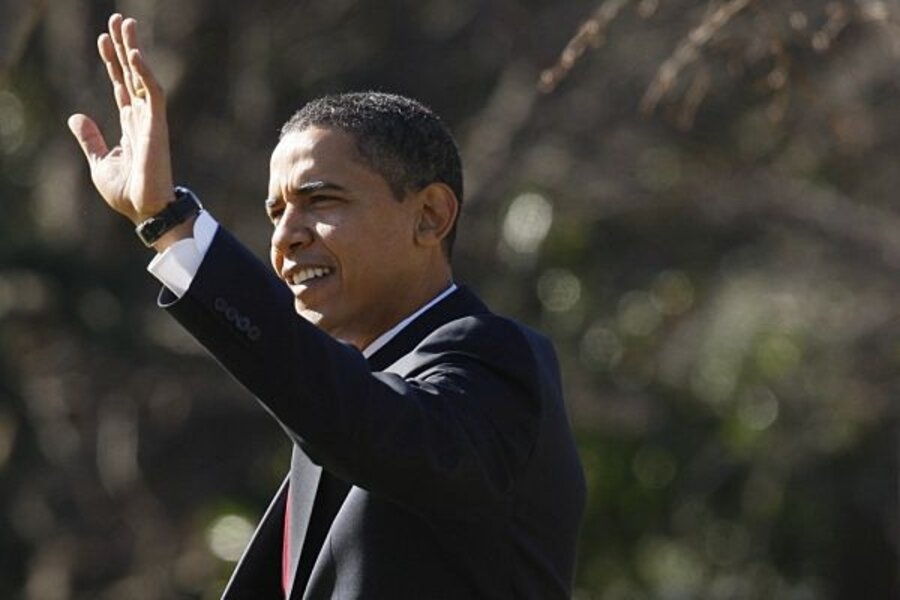Stimulus big, but not on scale of New Deal – yet
President Obama may well have pushed through the biggest single peacetime stimulus legislation in American history, but its spending is not on the scale of the New Deal - at least, not yet.
"It's big, let's put it that way," says Shawn Kantor, an economist at the University of California at Merced. The reason it's not historic is that, compared with the size of the economy, it just doesn't match the New Deal's punch, he adds.
The current $787 billion stimulus, spent over two years, would account for 2.8 percent of the nation's total output of goods and services. The New Deal amounted to 3.3 percent of US output from March 1933 through June 1939, according to Mr. Kantor and Price Fishback at the University of Arizona.
Add in the loans that the Roosevelt administration made to state and local governments, banks and other businesses, and homeowners during the period, and New Deal spending ballooned to 5.5 percent of national output, they calculate.
FDR doubled spending
Here's another way to look at it. Roosevelt doubled federal spending from an average $7.3 billion (for the three years before he took office) to $15.7 billion from 1934 to 1939, writes Todd Neumann, another UC-Merced economist, in an e-mail. So if you include all levels of government, spending increased from 10 percent of national output in 1929 to 20 percent during the 1930s.
If all that 10 percent jump is considered the New Deal, then the stimulus of the '30s would account for 10 percent of national output. That's far beyond Mr. Obama's New Dealette.
More plans to spend
Of course, Obama plans to spend more. He heads to Phoenix Wednesday to announce a $50 billion-plus plan to battle rising home foreclosures. There's $350 billion in loans to banks that the adminstration expects to spend – more if the banking sector starts to wobble again.
So the potential is there for Obama to reach Rooseveltian proportions, even if today's crisis doesn't match the depths of the Great Depression.





